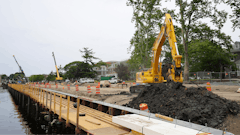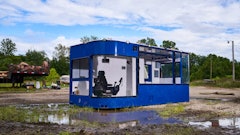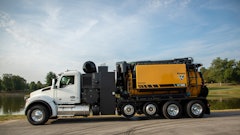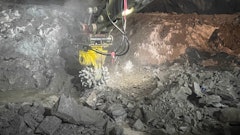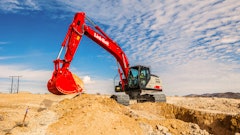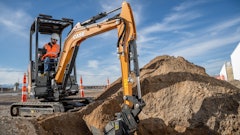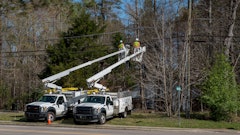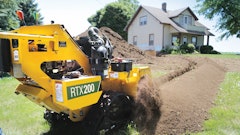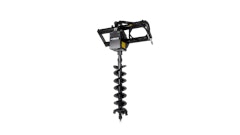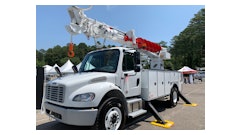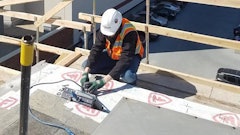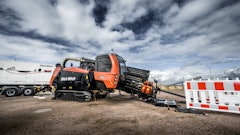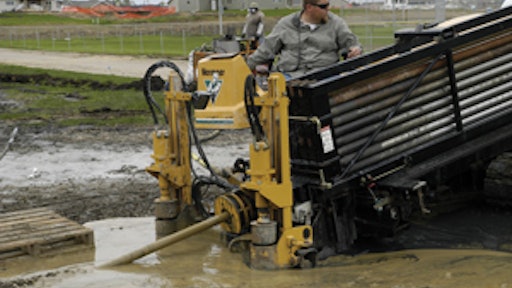
The EF-5 tornado that ravaged the small community of Parkersburg, IA, in late May 2008, was the most devastating twister to strike the Hawkeye state in more than 30 years, unleashing a 43-mile path of destruction spanning three counties. Parkersburg took the biggest hit, with 282 homes destroyed, another 400 heavily damaged and 23 businesses lost, including the City Hall, the town's only grocery store and gas station and Aplington-Parkersburg High School.
Yet, there was never a question that the residents of Parkersburg would rebuild. In fact, school administrators were determined that the school would play its first home football game of the 2008 season on the same field, and the new high school building would be completed in time for the 2009-10 school year.
Architects were quickly commissioned to submit bids for rebuilding the school. Design specifications included the use of geothermal heating/cooling.
A-One Geothermal, based in Earlham, IA, was selected to install the geothermal system. Founded in 1975, the family-owned business got its start installing water and sewer lines. In the 1990s, it expanded its services to include fiber optic installations via horizontal directional drilling (HDD).
Over the years, Dale McNair, founder and vice president, became intrigued by the geothermal concept and took the initiative to learn more about it. By the time the fiber optic market went bust in early 2000, he had become a geothermal specialist and decided to make it his core business. "We were installing geothermal systems in the 1970s, long before most people had even heard of it," he states. "As geothermal became more popular, so did the demand for installers. It now accounts for over 90% of our business."
A typical geothermal system features several loops buried underground either vertically or horizontally. The loops - extending 200 ft. or more, depending on the need - are filled with environmentally safe antifreeze and connected to a geothermal heat pump.
McNair prefers directional drilling for installing the U-shaped loops. "HDD is a more cost-effective installation method," he asserts. "It takes less time and fewer resources than vertical drilling. There is also less ground disturbance and more field installation options. We've installed horizontal systems under parking lots, driveways, existing structures and athletic fields."
McNair's fleet of HDD units consists of four Vermeer models, including the D36x50 Navigator (shown below) that his crews used to install the geothermal field at Parkersburg. The field consists of 58 loops - which stretch 420 ft. from north to south - installed in "piggyback" formation, with one line at a depth of approximately 30 ft. and a second directly above it at a 15-ft. depth. The loops connect to several 8-in. supply lines that feed to an underground "vault," where the fluid-filled loops transfer stored energy to the high school.
The entire configuration was installed directly underneath the school's softball field with minimal disruption. The project took eight weeks to complete. "If you hadn't driven by and seen all the equipment, you would never know it was here," says McNair.





